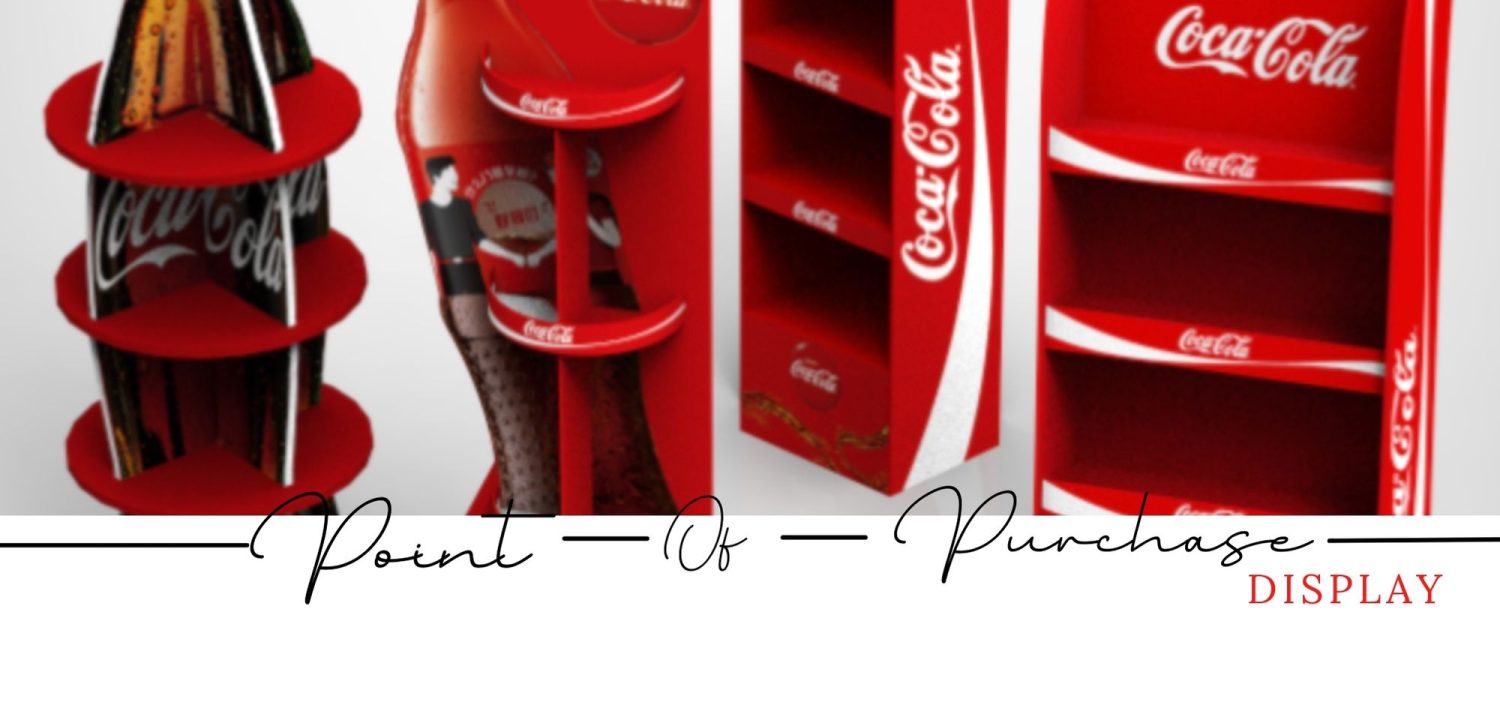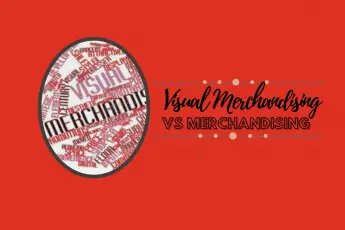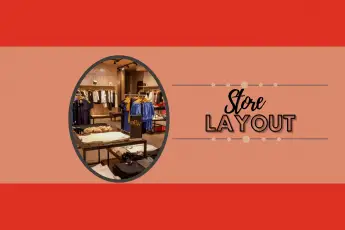What is a Point of Purchase Display?
No matter how hard I try, when I go shopping, I always buy more than I need. I do my best to walk into stores with a shopping list, but signs and in store displays grab my attention as I walk down each aisle. By the time I find the items I initially set out to buy, my cart is full. While these impulsive additions are unnecessary, I make my way to the register, convinced my purchases are justified.
If you also find yourself falling victim to attention-grabbing displays while shopping, don’t get too upset! Stores do their best to influence what customers buy when setting up displays. By taking their stock off shelves where shoppers would never notice it and putting it on eye-catching fixtures, stores can grab our attention and convince us we need to buy the product.
What are Point-of-Purchase Displays?
When it comes to making sales, the way a store markets itself and its products is vital. However, marketing goes much deeper than convincing consumers to shop at certain stores. Once inside, the average store employs countless strategies to ensure shoppers are persuaded into making impulsive purchases. For example, fixtures placed along cash registers and check-out lines encourage last-minute purchases of smaller items like candy or magazines. Point-of-Purchase displays are different from other fixtures as they are placed in areas where customers make purchasing decisions. These are typically high-traffic areas where multiple options for the same product are spread along rows of shelves. Point-of-Purchase, or POP, displays pull selected items out of their usual location and put them in branded, colorful fixtures that demand shoppers’ attention. For example, a brand of chocolate chip cookies may be taken off a shelf full of other cookies and placed on a large, brightly colored cardboard stand. While you would never have noticed the cookies before, you can’t help but grab a pack when you walk past the new display.
Point-of-purchase displays come in endless varieties, as companies are always looking for new ways to get their products off crowded shelves. Although POP displays are undergoing frequent innovation, some of the more common fixtures are:
Signage and Banners
Signage and banners are typically placed next to or near advertised items on a shelf. These printed or digital displays often highlight an ongoing promotion or draw attention to the location of a product. As these POP displays cannot hold items, they offer more mobility because stores can easily change their positioning without taking an entire fixture apart. Due to their adaptable nature, signage and banners are often referred to as “displays to go.”
Aisle Fixtures
Aisle fixtures are POP displays built into an aisle that are not freestanding. For example, end cap fixtures are popular displays that move products from their usual place on shelves and put them at the aisle entrance. By making the product on the endcap the first a customer sees, they are immediately alerted to special promotions and specific brands, making them more likely to buy that item than the others they would find in the aisle.
Standalone Displays
Standalone displays are fixtures stores use to promote products away from the shelves and aisles that typically house them. These displays can either be a temporary in store pop up dislay HYPERLINK “https://www.landaal.com/point-of-purchase-displays-retail-pop-displays/” made of cardboard for easy assembly, or reusable fixtures such as acrylic displays or bins. Examples of standalone displays include dump bins, freestanding displays, and vendor shops. Dump bins are large, open displays filled with loose or individually wrapped products that customers can easily sift through. Similarly, freestanding displays hold products away from shelves in cardboard fixtures. These displays are bright and covered in branding to draw shoppers’ attention to a specific item. Finally, vendor displays are like small pop-up stores, where a brand’s merchandise can be placed together on one fixture.
What are the benefits of Point-of-Purchase Displays?
There are many reasons why stores love using POP displays. Point-of-purchase displays are generally low cost as they are made of temporary and easy-to-assemble materials such as cardboard. Additionally, by removing products from their natural habitat and placing them in high-traffic areas where more shoppers can see them, POP displays give extra visibility to items that might not have been noticed on traditional shelves. Not only do these stands get products more attention, but POP displays have also been proven to increase sales by 20%!
With low installation costs and proven increases in sales, there is no mystery why most stores have incorporated POP displays in their marketing. So next time you go shopping, take note of all the POP displays. They have likely influenced your purchases from the moment you stepped into the store.
Other Key Terms:
- Point of purchase display examples
- What is point of purchase
- Point of purchase examples
- Point of purchase marketing examples
- Types of point of purchase advertising
- Benefits of point of purchase displays
- Point of purchase display sales promotion
- Custom point of purchase displays





